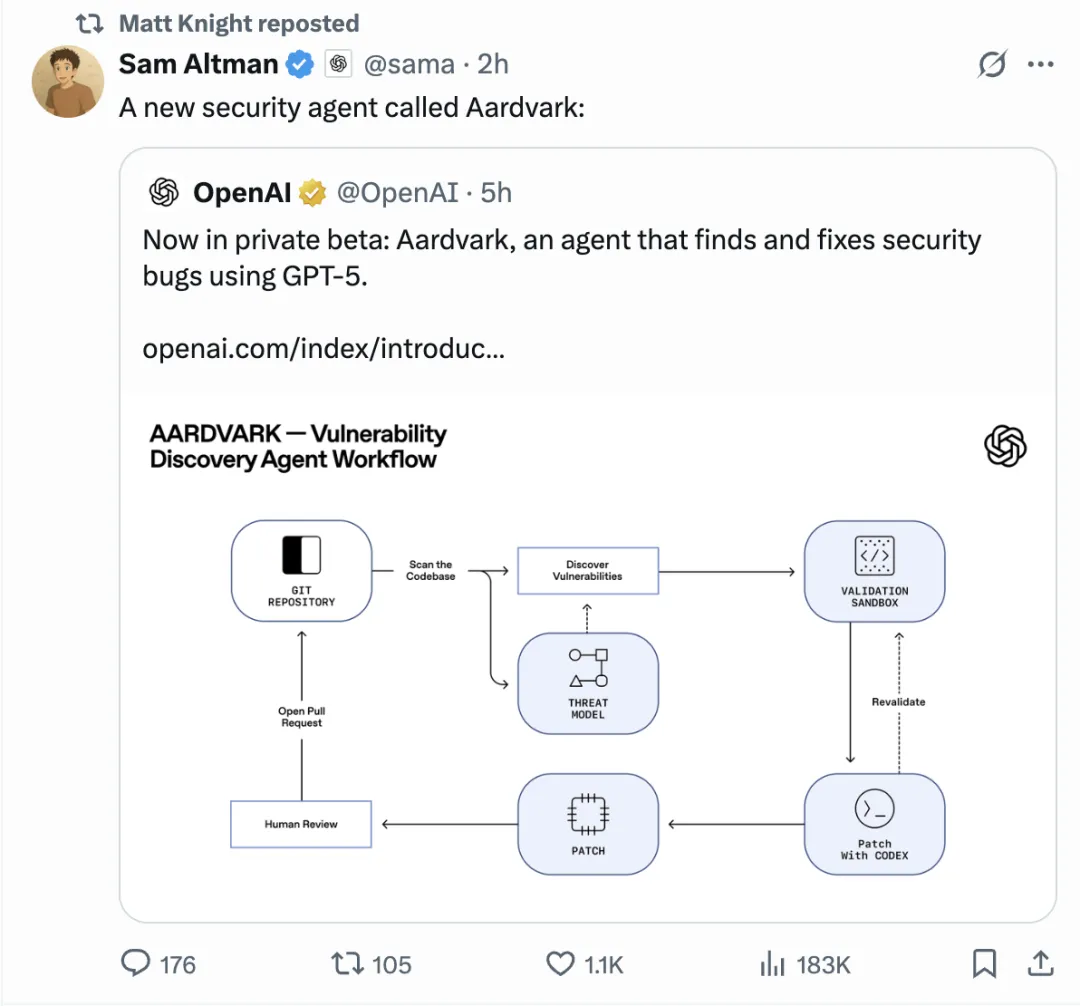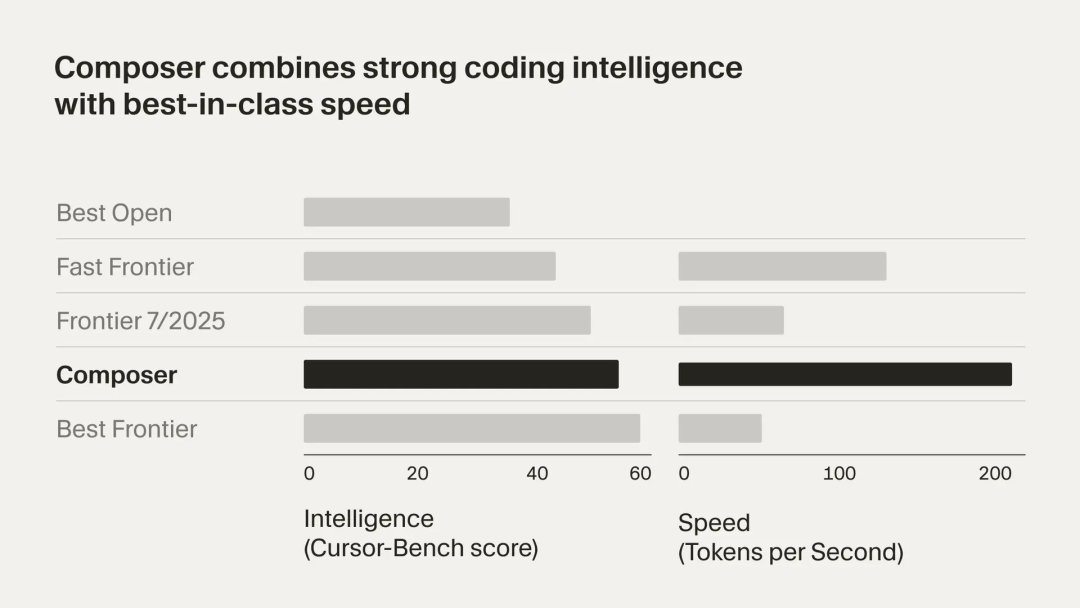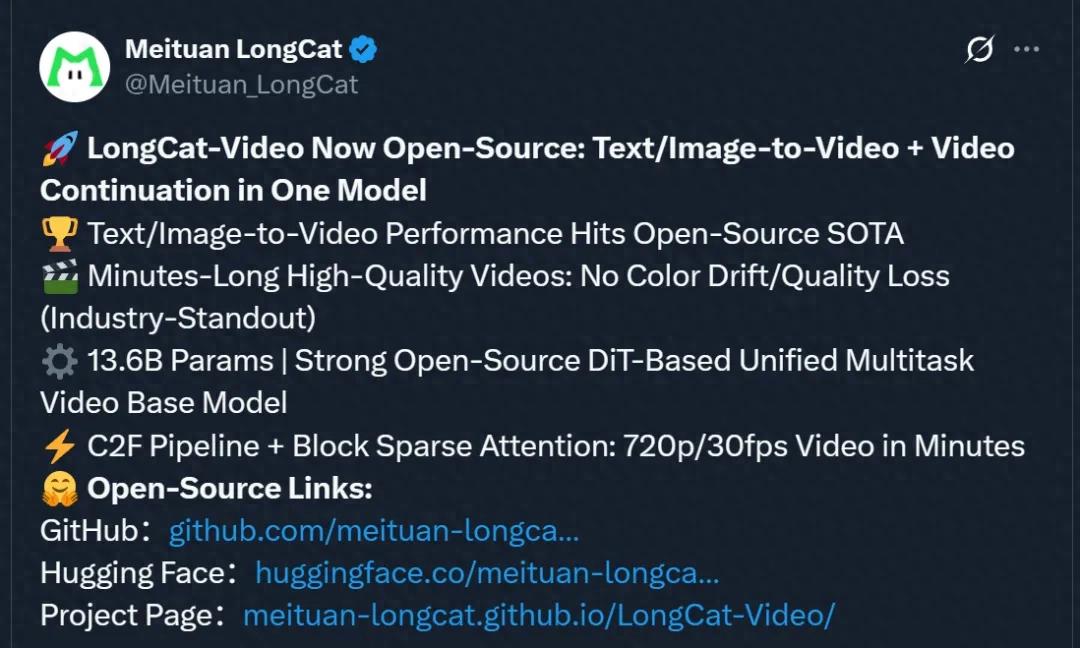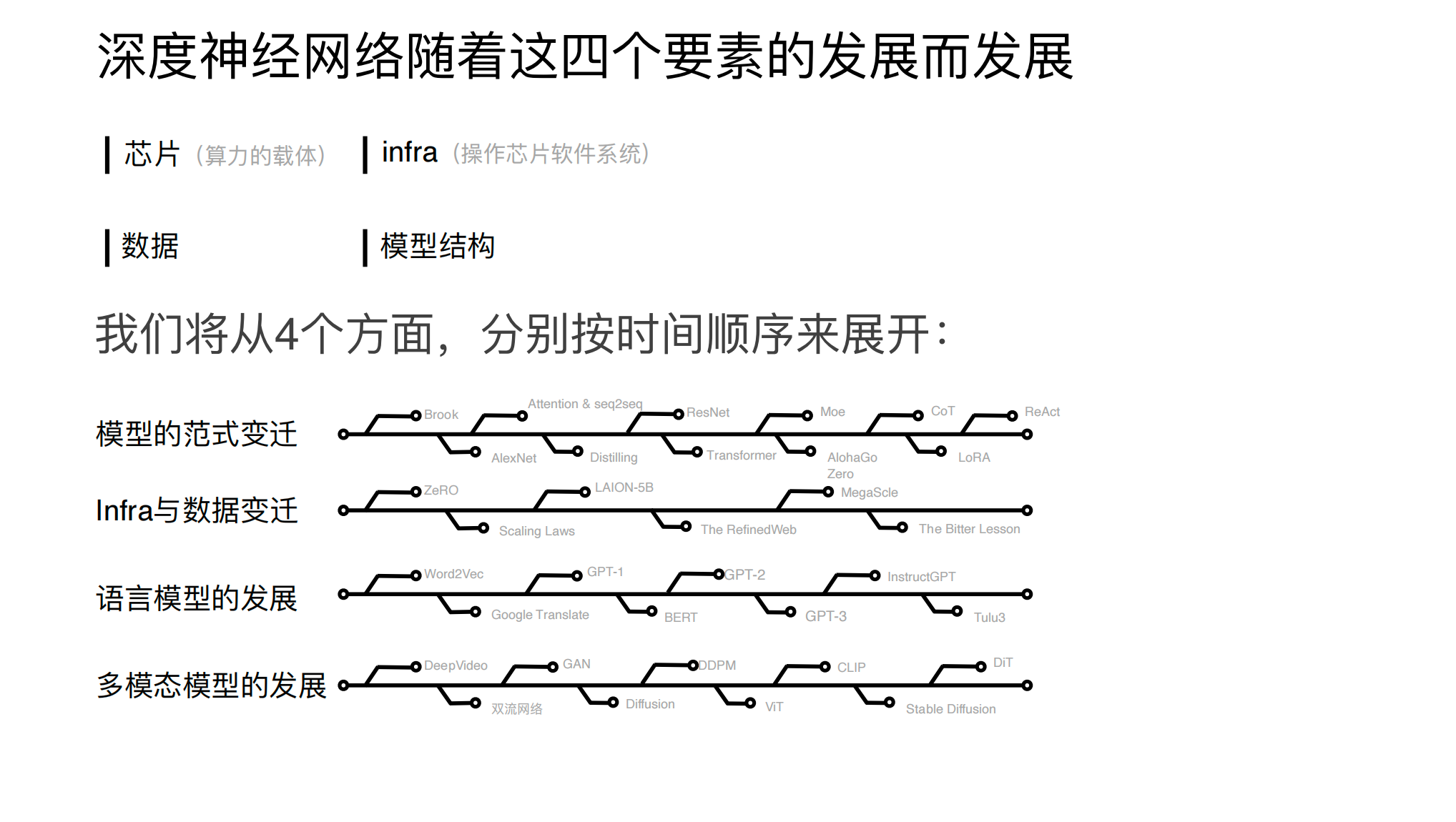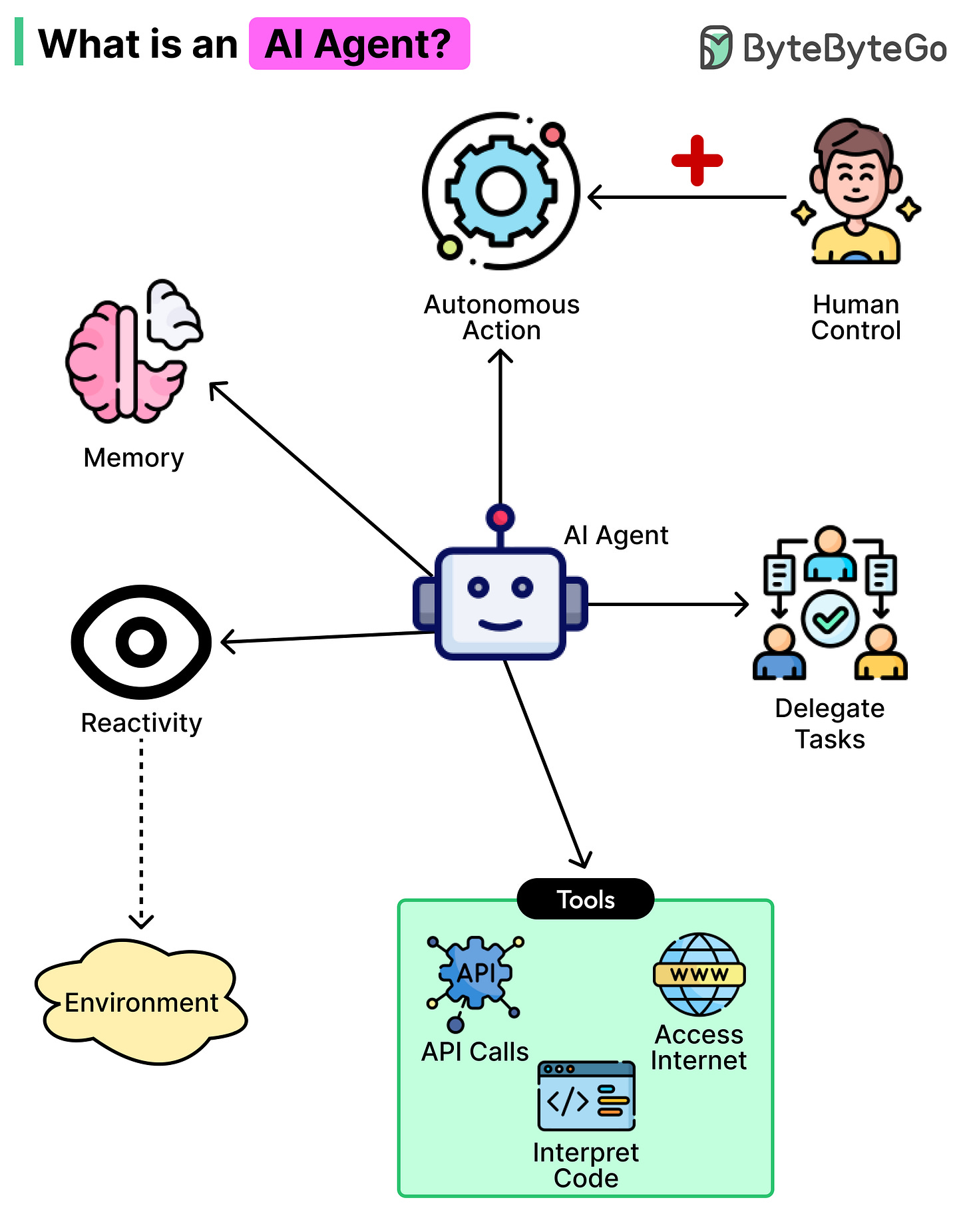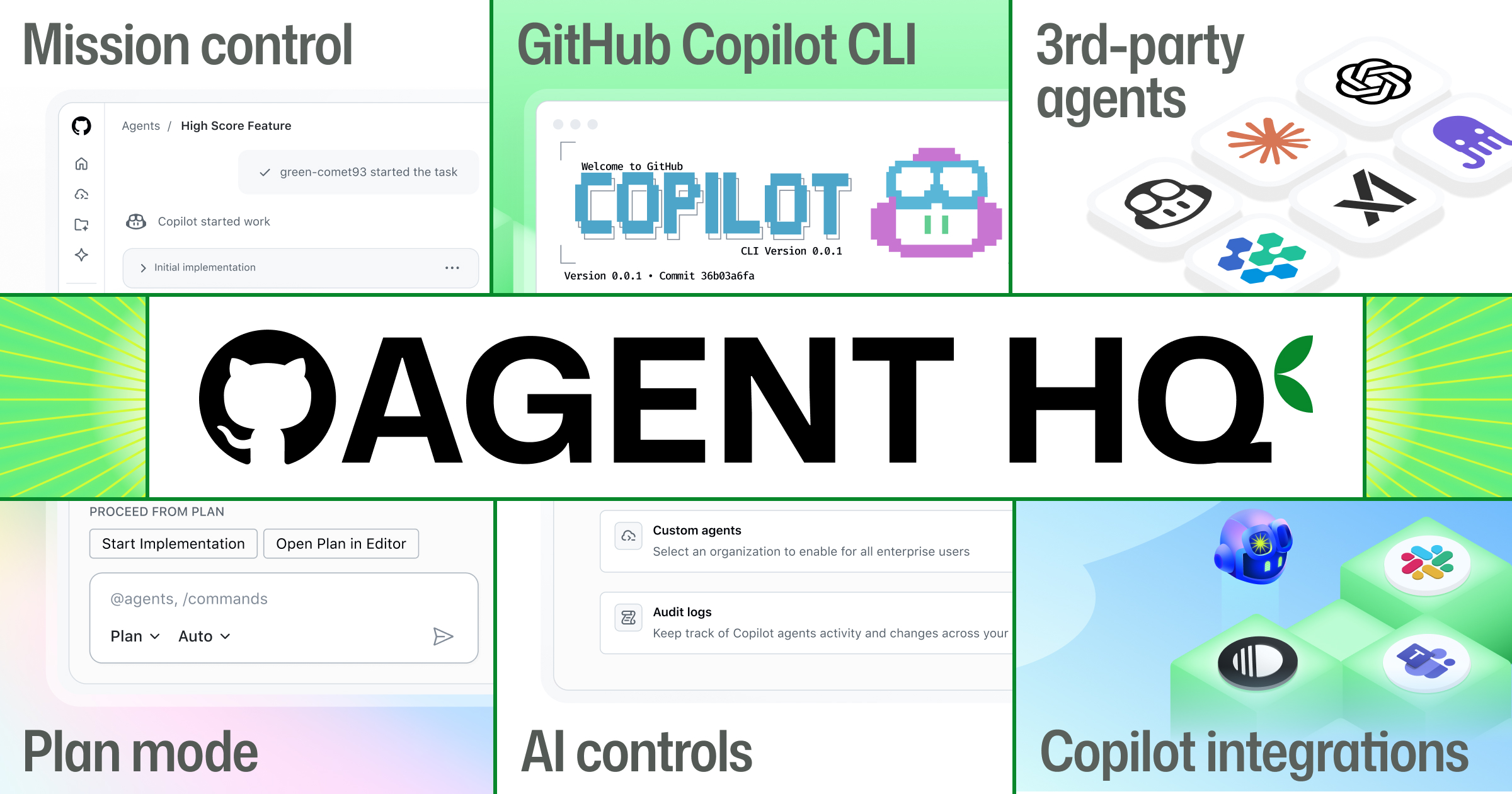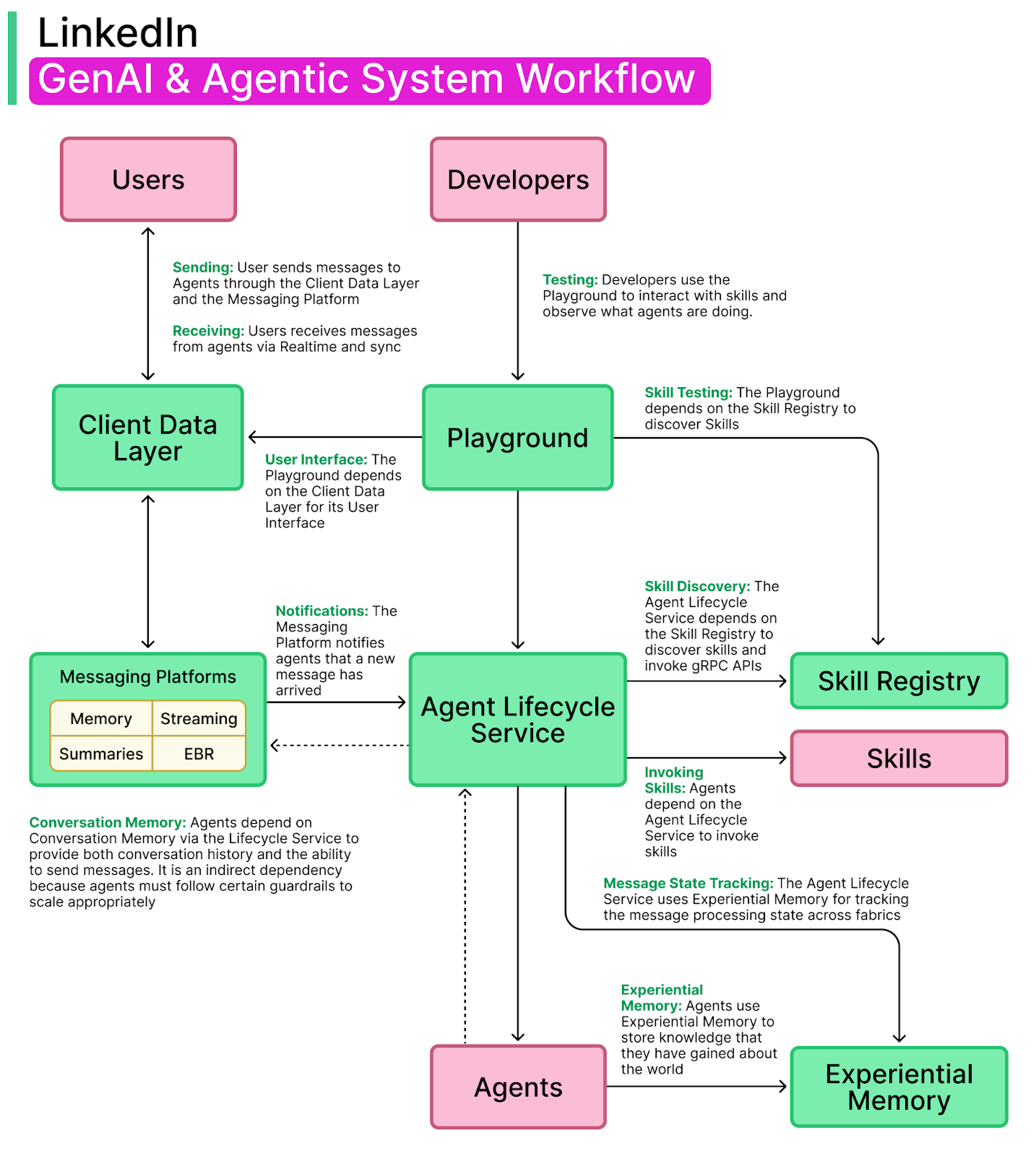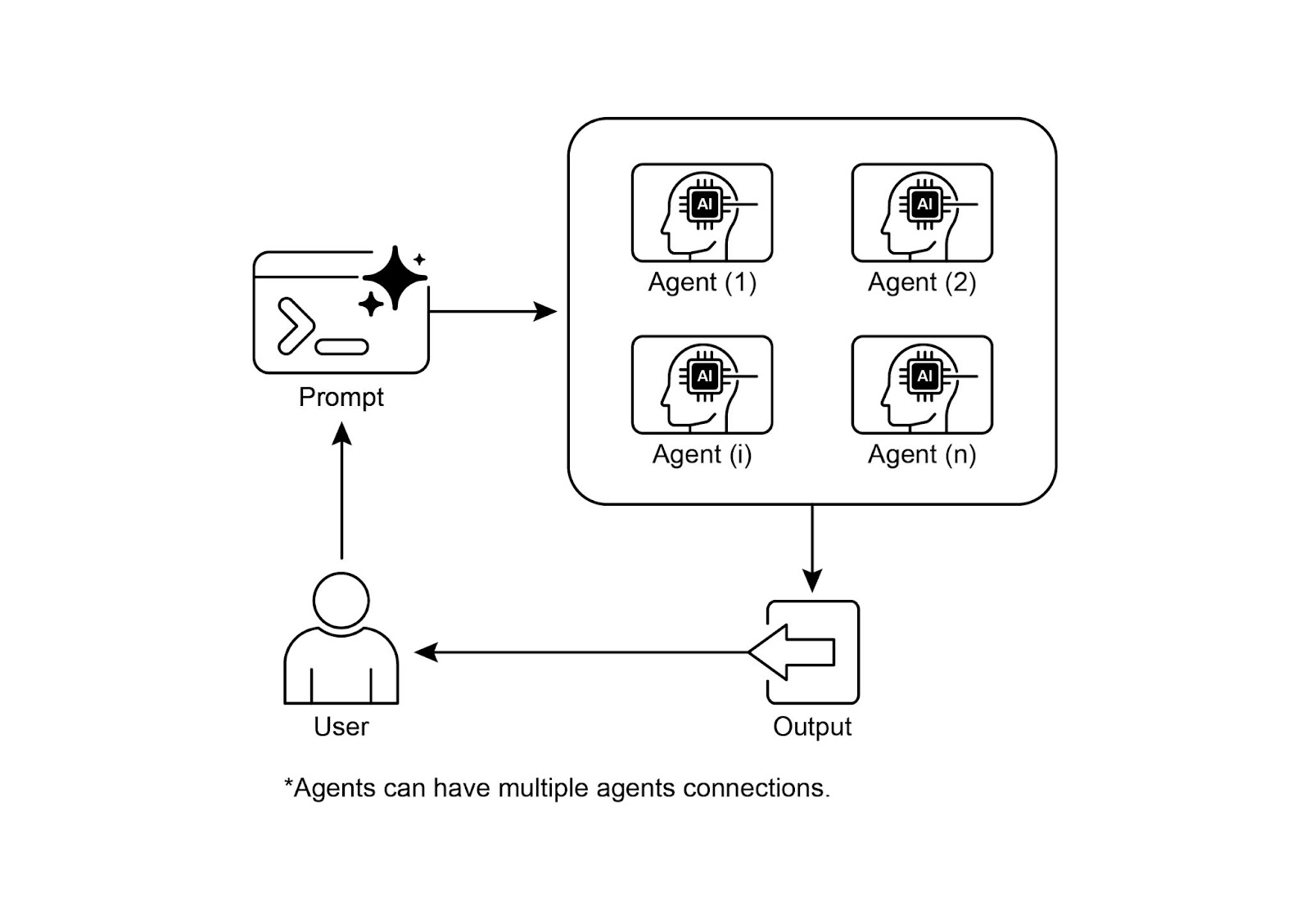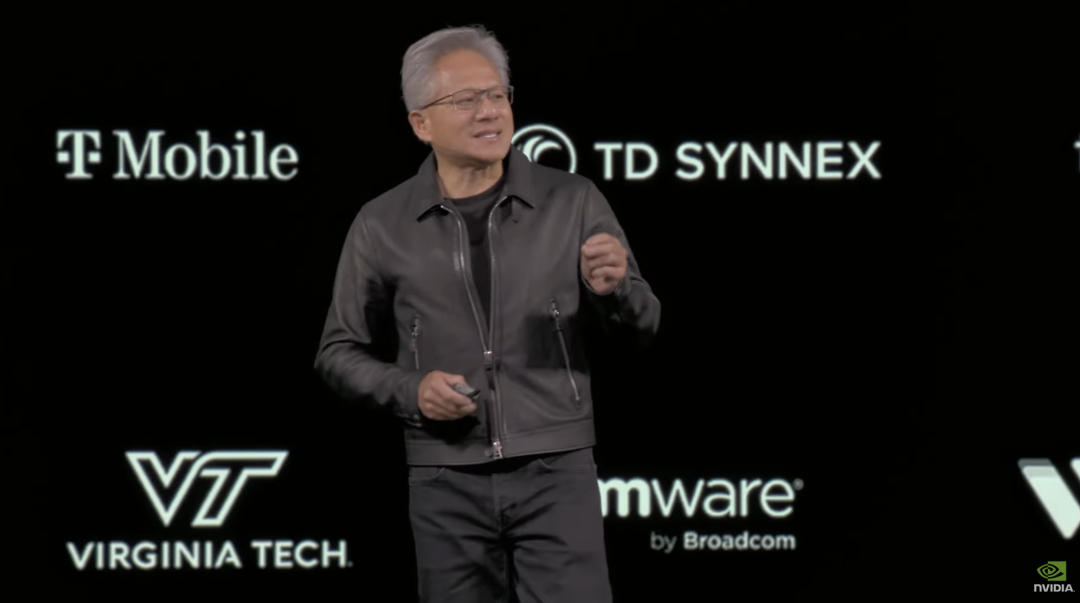This podcast features Xie Jun Tao, former Growth Product Lead at OpusClip, sharing in-depth experiences in scaling an AI product from zero to success. The discussion revolves around four core dimensions: customer acquisition, conversion, retention, and insights.
Regarding customer acquisition , the guest emphasizes that during the cold start phase, it's crucial to seek out genuine users as partners rather than mere marketing affiliates. By establishing mutually beneficial partnerships with KOLs (such as OpusClip's collaboration with Zhang You Share), precise market penetration and brand endorsement can be achieved. This avoids blindly setting up channels and ensures initial users are high-quality and well-aligned with the product. The natural influence of KOLs is key to breaking through after a video product achieves Product-Market Fit (PMF).
In the conversion phase, a flexible pricing strategy is considered an effective early strategy. For video and AI creator products, customized features (like RunwayML's custom voice and Higgsfield's personalized character creation) serve as key differentiators, as users seek unique content. The podcast details dynamically adjusting pricing, emphasizing the importance of protecting existing users' interests, even providing additional benefits to maintain a positive reputation and long-term retention. Optimizing UI information delivery (such as the timing and wording of pricing pop-ups) can significantly improve conversion rates.
Retention is positioned as the most critical growth metric and the cornerstone for achieving sustainable product growth. By comparing user retention curves across companies with varying churn rates, the guest highlights the decisive impact of high retention rates. To enhance retention, the podcast advocates for a user-centered engagement strategy, where 70% of product iterations are based on user feedback, and 30% address unarticulated but widely desired needs. OpusClip efficiently transforms user feedback into product value by building a multi-channel feedback loop (including a Discord community, Intercom customer service, Canny feature requests, and social media monitoring), combined with internal weekly reports, engineering automation, and product roadmap announcements.
In the insights section, the guest advises startups with limited resources to begin with high-impact A/B testing to gradually build confidence in data-driven decision-making. He shares methods like paid pop-up testing, email suffix analysis, and social account mining for user insight and decision support. He emphasizes leveraging existing SaaS tools (such as Statsig) in the early stages to build testing infrastructure at minimal or no cost, avoiding premature investment in data science professionals and complex infrastructure. Finally, the podcast delves into growth team building, the pricing potential of AI products (generally conservative, with room for price increases), and AI video market trends. It concludes that OpusClip's most effective decision was successfully building a brand, defining a new category, and establishing strong collaborations with KOCs/KOLs, thereby creating a long-term customer acquisition moat and fostering user loyalty. The podcast concludes that successful growth lies in the scientific and rigorous execution of fundamental tasks.
